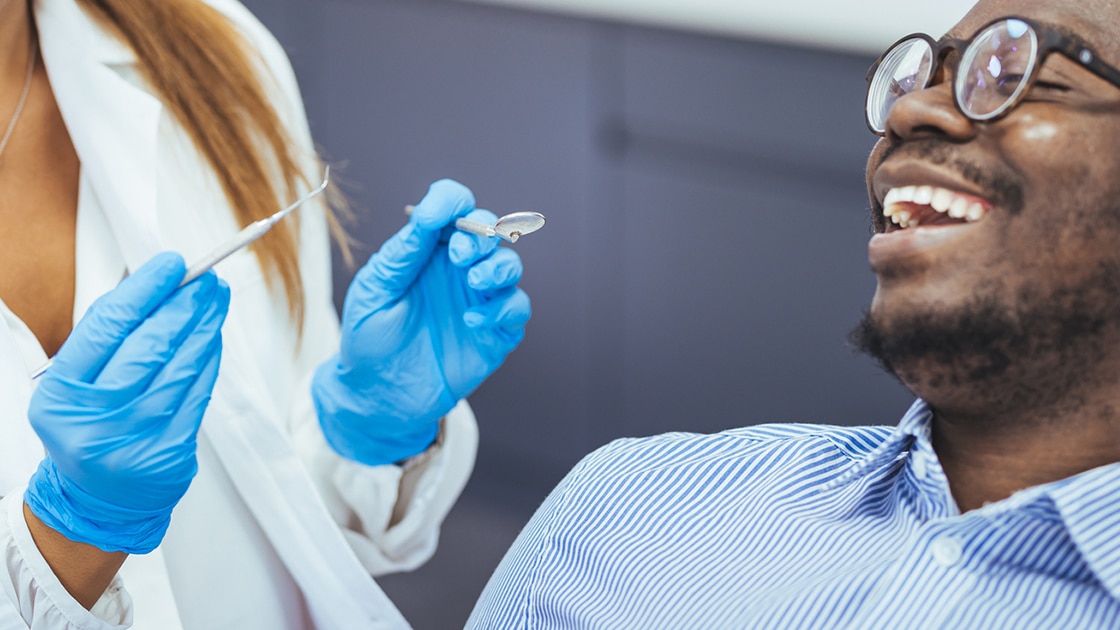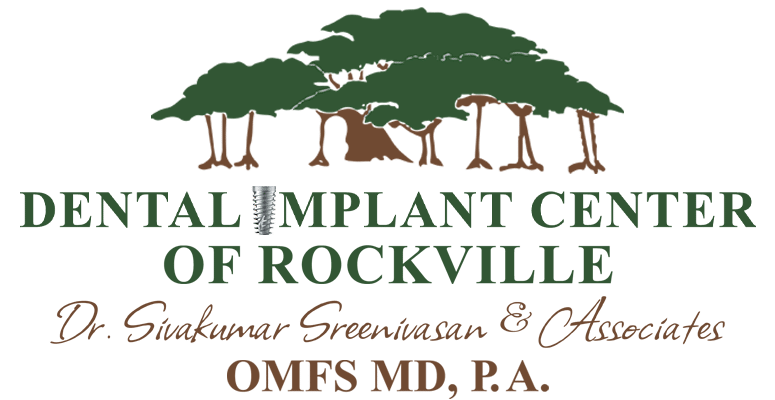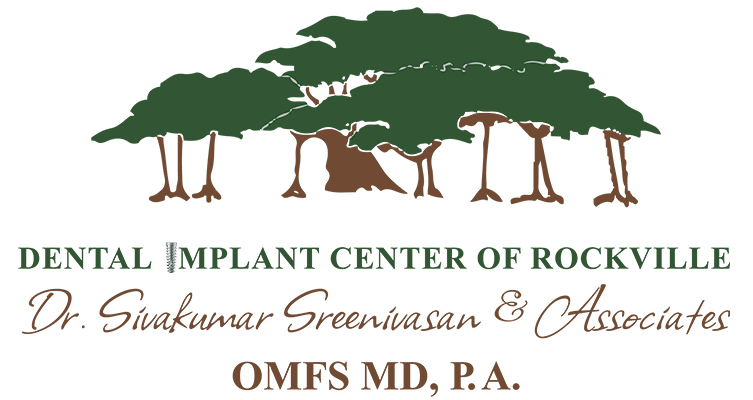
Dental Implant Center of Rockville provides bone grafting services in Rockville, MD. Call 301-294-8700 to learn more and schedule your appointment.
As an oral surgeon, one of the procedures Dr. Sreeni performs is bone grafting. When teeth are lost, the supporting bone structure collapses, which can make traditional dental implant placement difficult or even impossible. By performing a bone grafting procedure, the jaw bone can be restored, allowing it to support dental implants in a more ideal position. This greatly helps the restorative dentist to position the crown to make it more cleansable.
What to Expect During a Bone Grafting Procedure?
No matter the reason for the loss of bone, grafts can be used to restore it. Bone grafts are commonly harvested from your own body—typically, from the hip or the back of the jaw, where it will not be missed. Other times, human bone blocks or bovine blocks may be used. Bone grafts may come in the form of powder, putty, gel, or granules, but no matter what type of grafting material is used, the process is similar. Dr. Sreeni prefers when possible to harvest bone either in the form of a block or power from your own jaw and collecting it using special filters.
The bone grafting procedure starts with a small incision made into the gum tissue surrounding the area where the bone needs to be augmented. Through this incision, we transplant the graft to your jaw bone in order to stimulate the growth of new bone. Our goal is for the bone graft and your own bone to eventually fuse together and create a stable base for your dental implants or prostheses. Dr. Sreeni performs bone grafting right in our office. One can choose to be awake or asleep for the procedure.
The process of bone regeneration typically takes 4-6 months. During this time, you will not be able to have dental implant surgery; it’s important that we wait to ensure that you have sufficient bone healing and density to support implants before they are placed to prevent implant failure. Immediately after your bone grafting procedure, you may experience minor discomfort in the area where we worked; cold compresses and over-the-counter pain relievers along with prescription medication can help you manage any pain and inflammation.
What are the Reasons Bone Grafts Are Needed?
As briefly mentioned above, when teeth are missing, the body receives a signal that the bone that once supported the root is no longer needed. This bone is then reabsorbed by the body. As the bone density and volume of the jaw decreases, bite problems are more likely, and facial structures can change, appearing prematurely aged.
Gum disease and infections from teeth are another reason for bone resorption. In cases of advanced periodontal disease, infection can spread to the bone and tissue surrounding the teeth, which causes them to break down over time. Patients who have gum disease need to have their periodontitis treated prior to dental implant surgery, and if they have experienced bone resorption, they may need to have bone grafting as well.
Bone grafts are also done at time of implant placement especially where a tooth or teeth are extracted. Dr. Sreeni has been placing implants at the same time of the extraction to avoid multiple surgeries and loss of time. This also helps the patient greatly as they limit time off from work and take medications once. The purpose of the bone graft at time of extraction is to fill the voids around the implant as the shape of the implant that goes into the hole of the extracted tooth is cylindrical as compared to the roots of teeth that are more oblong.
Call 301-294-8700 to schedule your appointment.

